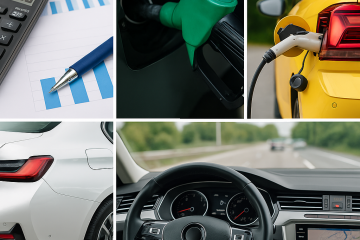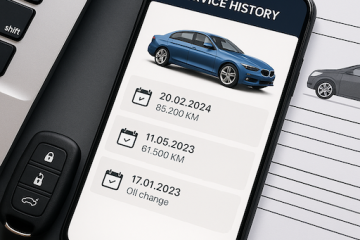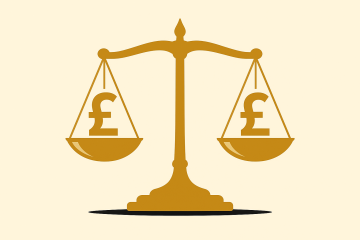Market Insight: Don’t be an ostrich

In the face of continuing market realignment, Rupert Pontin, Commercial Director at One Auto API, underlines the value of proactivity…
If we had to choose one word to describe the market right now it would be ‘challenging’.
That may come as a surprise to some given that the latest figures from the Society of Motor Manufacturers and Traders (SMMT) show that the October new car market actually beat pre-pandemic levels – up an impressive 14.3% year-on-year and 7.2% up on 2019.
However, digging into those figures shows that the eye-catching growth was driven almost entirely by large fleets likely reaching the end of extended renewal cycles and taking advantage of increased new car supply.
So while fleet registrations grew at a rate of just under 30%, private registrations saw almost no increase at all – standing at just 0.3%. This stagnation does help explain why we are starting to see increased discounting and incentives introduced to help maintain demand for new car retail sales.
Switching attention to used cars, while the latest SMMT figures show that the UK used car market grew by 5.5% during the third quarter, we are also seeing prices reducing – with reports that the average used car retail price has fallen 1.7% year-on-year and is down 0.2% month-on-month.
At this time of year one might expect to see trends like this but used car retailers will be keeping a close eye on which direction demand starts to go as Christmas looms, the heating is turned higher and cost of living challenges continue to face consumers at every turn – including the continued pain of fixed rate mortgage renewals.
Add these concerns around demand to the lack of confidence in the new car market and there’s a potent mix that will be starting to jangle the nerves of used car retailers.
The trade perspective
Rather than the increases reported in the new car sector, reports on the wholesale market are all about drops and falls.
As a healthier supply of used cars continued to outstrip demand throughout October we have seen market forces in action with news of plummeting used car prices and significant shifts in the market.
In fact, it would appear that trade prices have started dropping at a faster rate than they have done all year – indeed for a number of years.
While some of this needs to be put into context of the significant gains post-pandemic, the unexpected size of the drop in October is cause for used car operations to stop and think about the best approach in the months ahead.
Taking a little pain for a bigger gain
As always, with new challenges come new opportunities and that’s certainly the case right now.
With the right strategy, diligence and ambition, increased used car supply can mean more opportunities to turn a profit.
And two things are fundamental to maximising this profit potential.
The first step is to stop any bleeding.
If you’ve got overpriced stock on the forecourt right now then the longer you leave it, the more pain you are going to feel when you do eventually sell it.
Yes, it can hurt to drop a price or take a reduced margin on a vehicle today but with the right buying approach you can more than make up for any shortfall in the future.
So, get a firm grip on critical market metrics, particularly retail pricing, to help you move ‘sticky’ vehicles on as quickly as you can.
And, when it comes to pricing decisions, we’re not talking one-off reviews. In a changing market, you need to be prepared to act quickly to sell quickly.
Just this week we have seen stories of used car prices falling 1.5% in just 10 days, so the message is clear. If you want to keep turnover high then you need to be prepared to regularly review pricing – ideally on a daily basis but at the very least, weekly.
As this proactivity starts to bring rewards and open up space on the forecourt, it’s time to get on the front foot to identify the best restocking opportunities, using all of the data available to understand the cars on offer.
Remove the guesswork from potential purchases by checking vehicle provenance, reviewing vehicle representation in your local area and, once again, harnessing retail pricing metrics to buy cars at the best price and leave scope for generating as much profit as possible.
Of real value here are short-term forecast valuations that can give additional insight into holding costs and provide extra context for pricing decisions. Especially as we are now less than 90 days from a New Year that can often bring a price boost in the beginning part of January.
Keep your eyes on the prize
When you’re right in the middle of a fast-moving market surrounded by reports of dropping prices and reduced demand it can be easy to feel like things are out of control.
But don’t be an ostrich. Don’t put that head in the sand.
The opportunities and rewards are out there if you arm yourself with as much data as possible, dig deep and hold your head high.
How you respond right now can set you up for success in 2024 and beyond.
Here to help
If you have any questions about how you can put yourself in the best position for used car success, take a look through our latest guide on this topic: “Maximum Profit: 13 Data Driven Strategies for Minimising Your Used Car Risk” – click here to download your copy.


